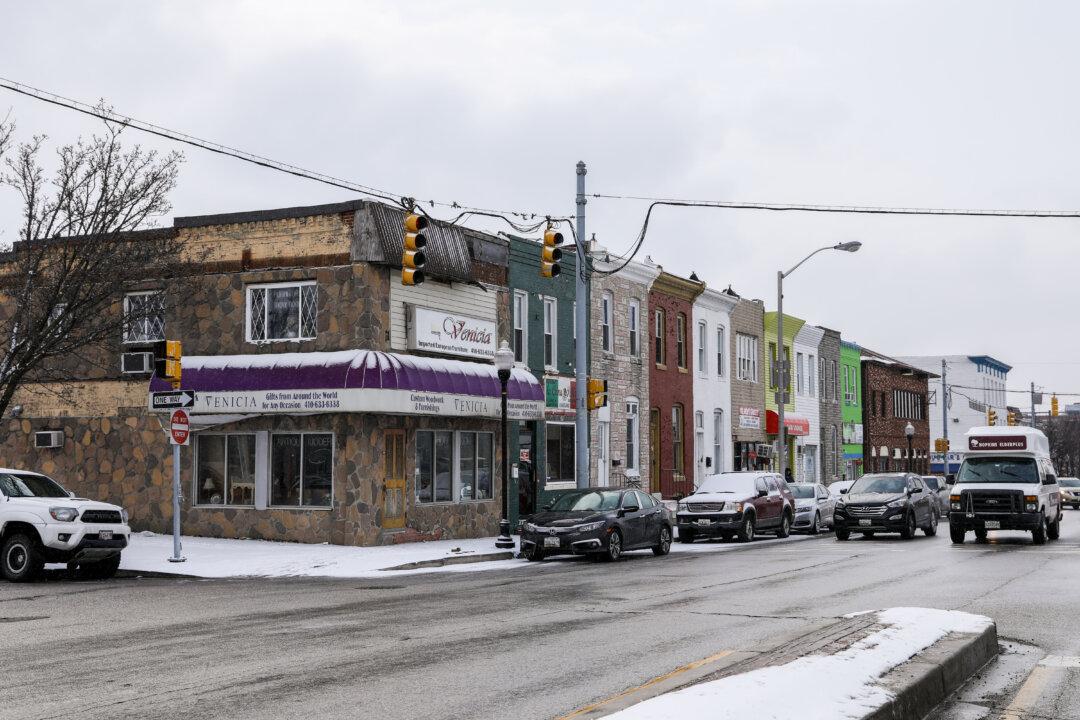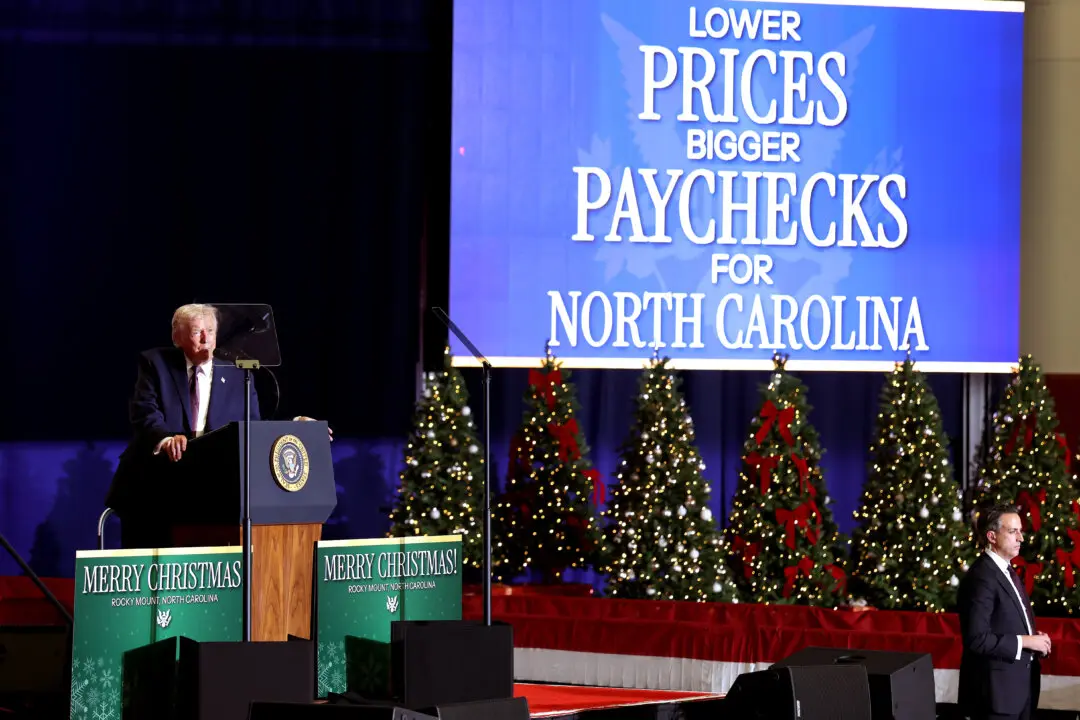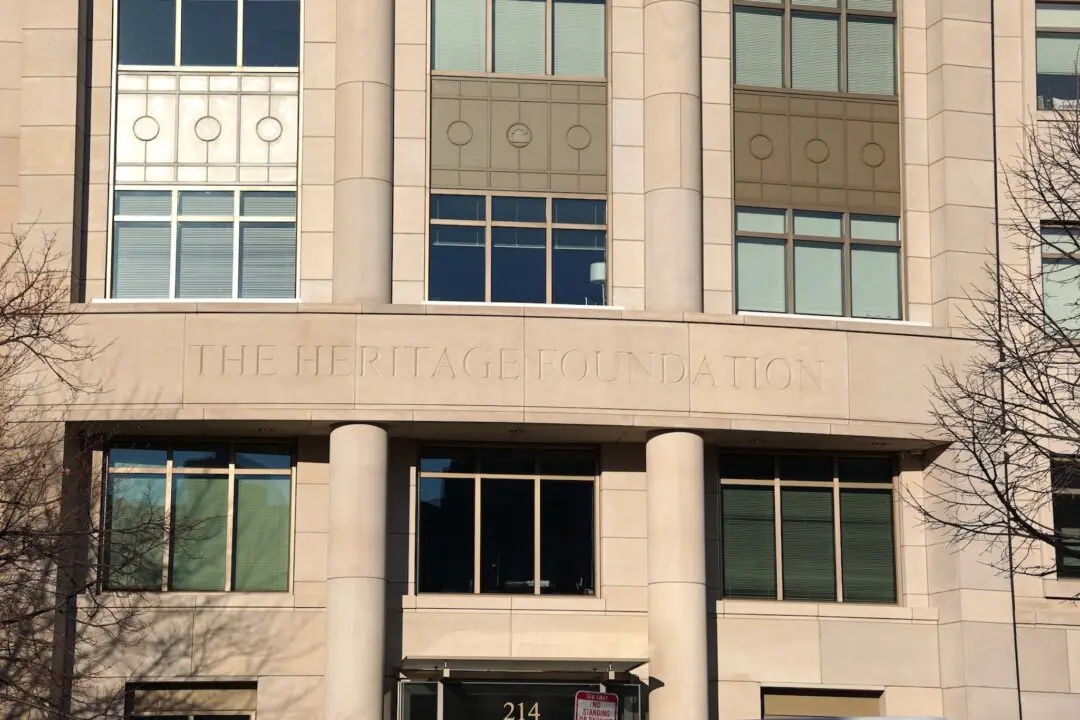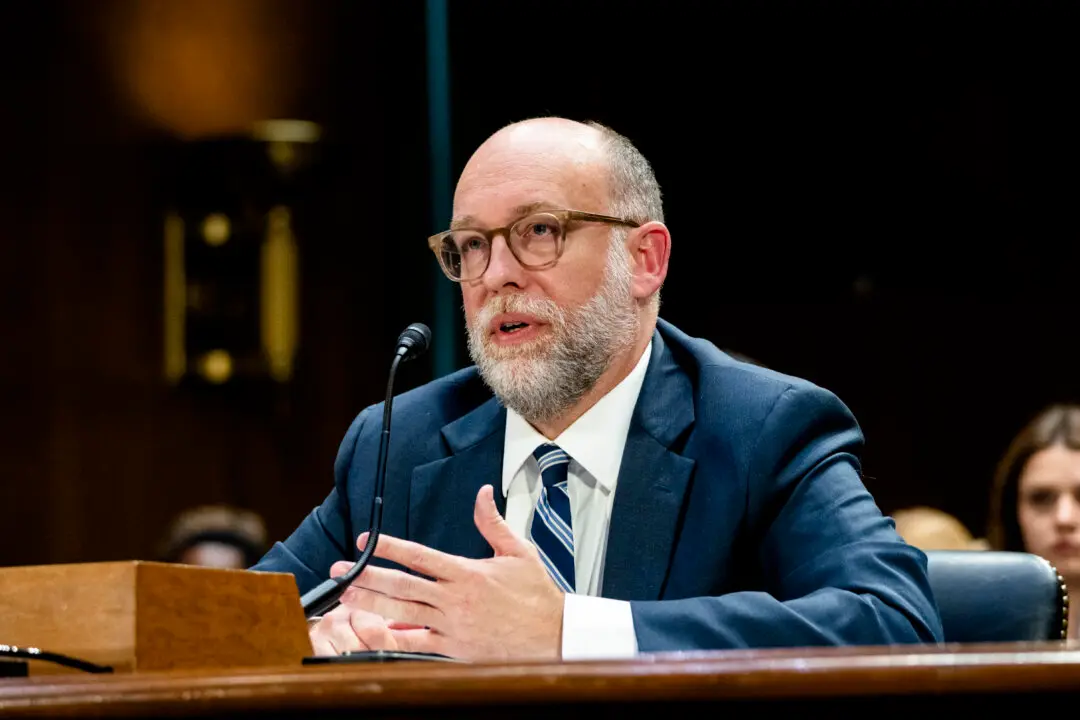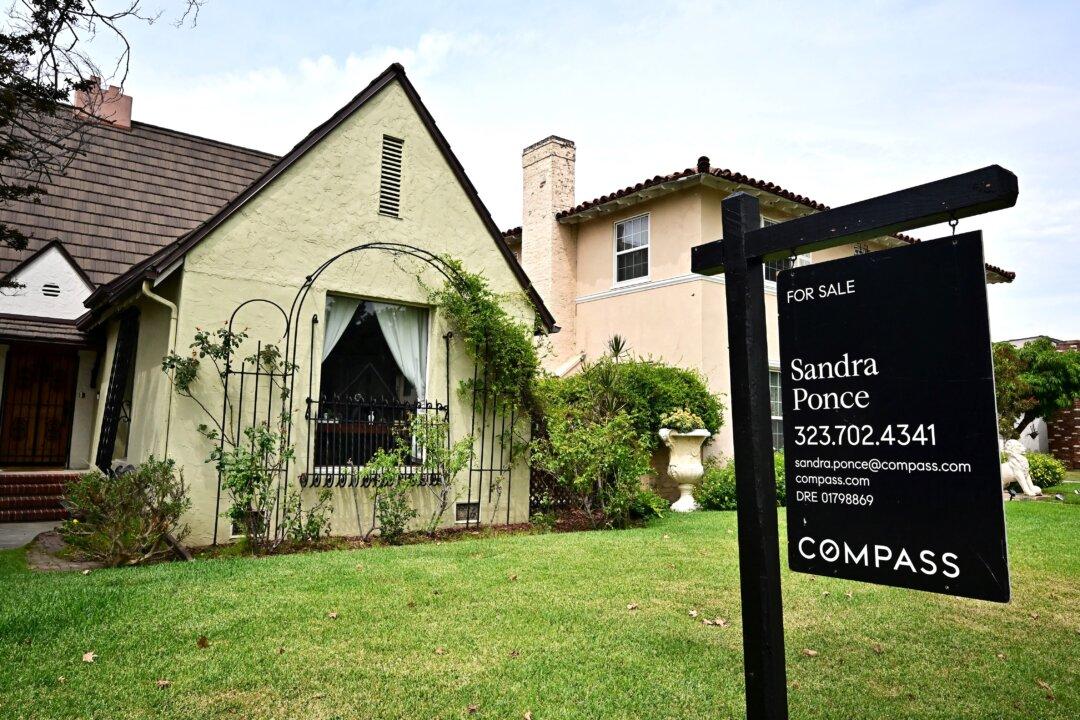WASHINGTON—Nearly $75 billion in private capital flowed into opportunity zones as part of a bipartisan incentive provided by the tax reform of 2017 to spur investment in the poorest communities of the United States, according to a study by the White House released on Aug. 24.
“Qualified Opportunity Funds raised $75 billion in private capital by the end of 2019, most of which would not have entered OZs [opportunity zones] without the incentive,” according to an initial assessment report by the White House Council of Economic Advisers (CEA).
